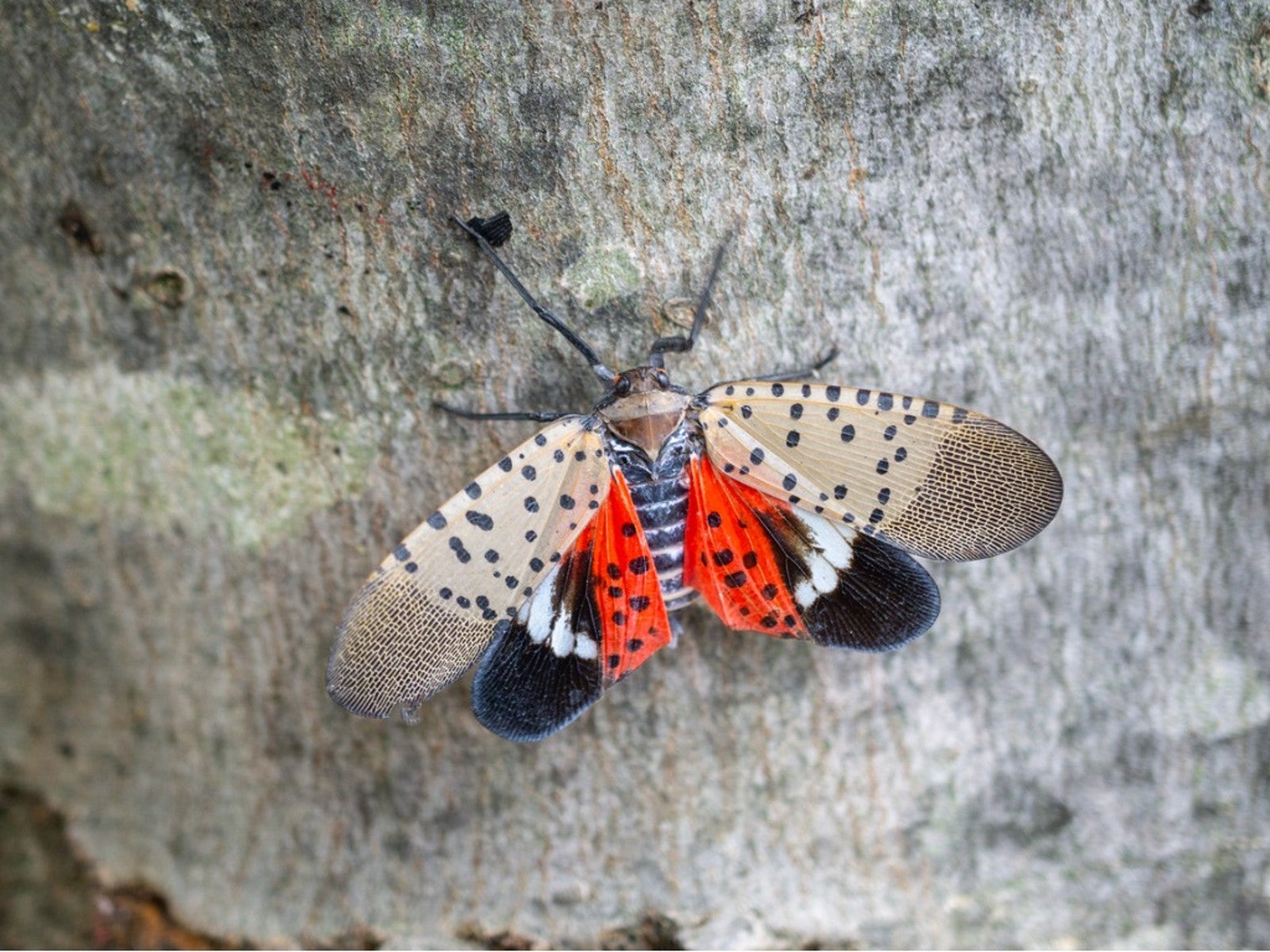Invasive Insects In Ohio Valley Gardens And The Central U.S.


Invertebrate pests can stunt plant growth and vigor. They can damage fruit and leafy vegetables. Heavily infested plants may even die. Yet, before you can treat the problem, it's essential to identify the bugs. If you're battling insects in Kentucky, Indiana, Illinois, Ohio, or West Virginia, here are the pests you're most likely to find.
The Most Common Bugs in Ohio Valley Gardens
- Aphids – Aphids are tiny, soft-bodied insects which feed on a number of garden vegetables. Look for curled leaves and honeydew.
- Cabbage Root Maggots – Suspect cabbage root maggots when cruciferous vegetable wilting is not due to dry conditions. The white legless pests can be seen on the roots.
- Cabbage Worms – From boring into cabbage to chewing holes in cruciferous leaves, cabbage worms can be prevented with barrier pest control methods.
- Colorado Potato Beetles – Easily identified by their cream and black stripes, Colorado Potato Beetles feed on potato, tomato, and eggplant foliage.
- Corn Earworms – Hidden underneath the husks, Corn Earworms crawl down corn silk to feed upon the corn kernels.
- Cucumber Beetles – Black and yellow striped or spotted Cucumber Beetles feed on cucurbits. They chew holes in foliage and carry bacterial wilt.
- Cutworms – Suspect cutworms when finding the stems of recent transplants cut off near the surface.
- Flea Beetles – Barely visible, shiny black flea beetles will pepper foliage with tiny holes.
- Grasshoppers – The grasshopper's long legs can propel this pest 30 miles in a day. Look for ragged holes in foliage.
- Hornworm – These large caterpillars can be difficult to spot, but tomato hornworms can be found near newly defoliate tomato stems.
- Japanese Beetles – As one of the more identifiable Ohio Valley and West Virginia insects, Japanese beetles consume the leaves of many garden and ornamental plants.
- Onion Thrips – Pests of both onions and cabbage, Onion Thrips feed upon foliage causing white spots and silver streaks.
- Scale – Appearing as tiny brown bumps on stems and leaves, scale is more prevalent on trees and shrubs. It can cause leaf drop and twig die back.
- Slugs – As nocturnal feeders, these shell-less snail-like pests aren't usually spotted during the day. Look for mucous trails and damaged foliage as signs of slugs.
- Spider Mites – Finding tiny reddish brown arachnids and webs on the undersides of leaves is indicative of a spider mite infestation.
- Squash Vine Borer – When cucurbit leaves wilt, examine the stems for slotted holes and the presence of Squash Vine Borer larvae.
Beware of Spotted Lanternflies
When it comes to invertebrate pests, the Spotted Lanternfly is the latest threat. A native of China, this invasive species attacks a variety of fruit, nut, and ornamental trees. Although it may have a moth-like presence, Spotted Lanternflies are a type of leafhopper which damage plants by sucking on plant tissues.
Identified first in Pennsylvania in 2014, sightings of these insects in Indiana, Ohio, and West Virginia have been confirmed. It's believed this invasive pest will continue to spread within the Ohio Valley region, which has the potential to host a large population.
Identifying the various stages of Spotted Lanternflies is not difficult. The adult are approximately 1 inch (2.5 cm.) long and have red hindwings with black spots. When resting, the forewings are usually folded over the hindwinds, but a reddish tint may be somewhat visible through the translucent gray spotted forewings. The tips of the forewings have fine black stripes.
Adults congregate in large numbers from August through October, when mating occurs. Eggs are laid in October and look like a patch of mud on smooth surfaces. The egg masses can be found on firewood, vehicles and other movable items. This facilitates the spread of Spotted Lanternflies into new areas.
The eggs overwinter and hatch in the spring. All nymphs stages have white spots which occur on the insect's back and legs. Early stages are black, but older nymphs have red highlights on their dorsal side. When spotting these bugs in Illinois, Indiana, Ohio, Kentucky and West Virginia, destroyed all stages to prevent further spread.
Sign up for the Gardening Know How newsletter today and receive a free copy of our e-book "How to Grow Delicious Tomatoes".

Laura Miller has been gardening all her life. Holding a degree in Biology, Nutrition, and Agriculture, Laura's area of expertise is vegetables, herbs, and all things edible. She lives in Ohio.